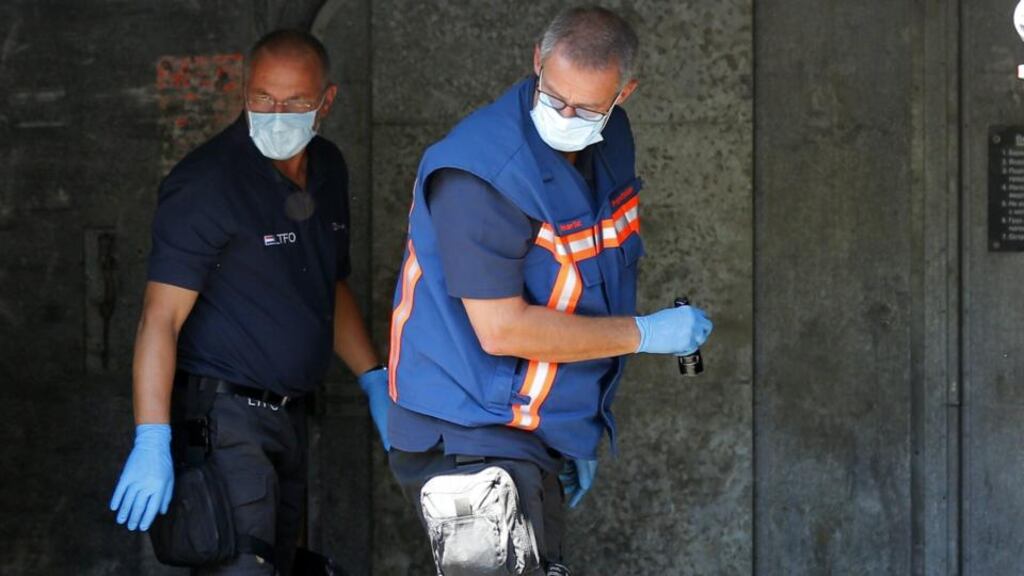As the remains of those killed on Flight MH17 arrive back in the Netherlands on Wednesday, the Dutch public prosecutor has begun a preliminary investigation which could see those behind the loss of the 298 lives put on trial in the Netherlands, charged with war crimes.
It's understood that Thijs Berger, a senior prosecutor, arrived in Kiev at the weekend and has already begun gathering evidence that could be used to support a criminal case, once it becomes clear whether the Malaysia Airlines jet was shot down and if so, who was responsible.
Mr Berger was expected to have initial sight of the bodies of the dead on Tuesday as they arrived by train in the regional capital, Kharkiv, outside the rebel area, before being flown back to the Netherlands by military transport plane.
The remains are due to arrive in Eindhoven today, and will be transferred to a special facility in Hilversum, 30 kilometres from Amsterdam, for identification, a process which prime minister Mark Rutte warned last night "could take months".
The bodies safely removed, Mr Berger is expected to travel to the crash site near the village of Grabovo, some 40 kilometres from the Russian border, where pro-Russian separatists were accused by Australia's prime minister Tony Abbott of "evidence-tampering on an industrial scale".
Even if Mr Abbott is correct, gathering that evidence must now be the next priority since, having authorised a full investigation on foot of an Australian-led resolution, the UN Security Council will be under considerable international pressure to follow that with "appropriate accountability".
There are several legal avenues open which could lead to such accountability. Not surprisingly, given the horror of what happened and the political complexity on the ground, none is straightforward.
The preliminary investigation opened by the public prosecutor’s office would, if it finds sufficient evidence, lead to a prosecution in the Dutch domestic courts, perhaps the most appropriate forum given the 193 Dutch citizens who died.
That prosecution would take place under the principle of “universal jurisdiction” whereby the Netherlands can indict a suspect, even if the alleged crime was committed abroad, once one or more of the victims is Dutch.
On the other hand, Ukraine's prime minister Arseniy Yatsenyuk has characterised the downing of the jet as "an international crime" which should, he maintains, end up before the International Criminal Court in The Hague.
On this basis Australia, which currently holds a rotating seat on the Security Council, could press for the council to refer the outcome of the investigation to the ICC prosecutor under Article 13 (b) of the Rome Statute, which set up the court.
The perennial problem here is that any such referral is virtually certain to be vetoed by Russia, which holds a permanent seat on the council.
Then there is the question of whether or not a war crime has been committed.
Under the law of war, fighters have a duty not to target civilians. So if the separatists deliberately targeted the aircraft knowing it was civilian, then, on the face of it, a war crime has been committed.
By contrast, if they genuinely believed it was a Ukrainian military jet, it might be argued that it was lawfully attacked, in which case “all possible precautions” need to have been taken to verify the target.
There are echoes here of 1988, when a US warship in the Persian Gulf shot down an Iranian passenger jet, Iran Air Flight 655, with the loss of 290 lives, including 66 children. The US said it thought the jet was military and so never admitted legal liability.
However, in 1996 the United States paid compensation of $61.8 million to the families of the dead after Iran instigated action at the UN’s dispute-resolving International Court of Justice in The Hague – another possible venue where the story of Flight MH17 could yet end.









